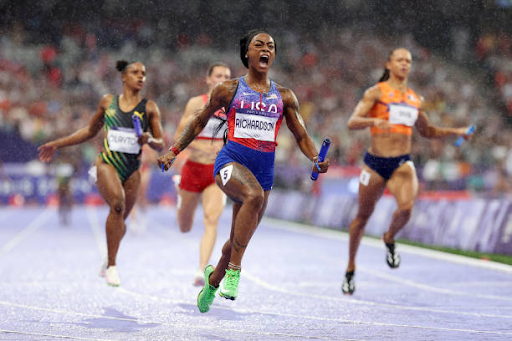
Golf originated from a game played on the eastern coast of Scotland, in an area close to the royal capital of Edinburgh. In those early days players would try to hit a pebble over sand dunes and around tracks using a bent stick or club.
In 1502 the game gained the royal seal of approval when King James IV of Scotland (1473 -1513) became the world’s first golfing monarch.
The fame of the game quickly grew throughout 16th-century Europe thanks to this royal endorsement. King Charles I brought the game to England and Mary, Queen of Scots, introduced the game to the French when she studied there.
One of the premier golf courses of that time was at Leith, which hosted the first international golf match in 1682.
The game of golf formally became a sport when the Gentlemen Golfers of Leith formed the first club in 1744 and set up an annual competition with silverware prizes. The rules for this new competition were drafted by Duncan Forbes. Rules that, even now, sound so familiar to many golfers because of their impact on modern-day golfing etiquette.
It was not until 1754, however, that the St Andrew’s Society of Golfers was formed to compete in its own annual competition using Leith’s rules.
Today, it is the golf courses themselves that reflect the history of the game, with the US courses presented as beautifully sculptured, manicured, and landscaped parklands.
Thus, golf is a game that transcends geographic borders and is elegant to a degree that everyone can enjoy it. Golf is beautifully surmised in the following words, “Golf, on the whole, is not a game for realists. Thanks to the precision of its measurements, it attracts the attention of perfectionists,” says Heywood Hill Broun.
Some of the most famous golf courses in the world are still to be found in Scotland: their names conjure the passion and tradition of the game of golf. Gleneagles, The Old Course at St. Andrews, Carnoustie, Royal Troon, and Prestwick are a few of these golf-course forerunners.
The Industrial Revolution of the Victorian time brought with it many changes. The birth of the railways allowed typical people to explore outside of their towns and cities for the first time, and as a consequence, golf clubs began to appear all over the countryside. Mass production methods were adopted to manufacture the clubs and balls, making the game more affordable to the average person. As a result, the game’s popularity erupted!
During the 19th century, the might of the British Empire expanded to encompass the globe, and golf followed closely behind. The first golf club formed outside Scotland was the Royal Blackheath (near London) in 1766. The first golf club outside Britain was in Bangalore, India (1820). Others quickly followed included the Royal Curragh, Ireland (1856), the Adelaide (1870), Royal Montreal (1873), Cape Town (1885), St Andrew’s of New York (1888) and Royal Hong Kong (1889).












